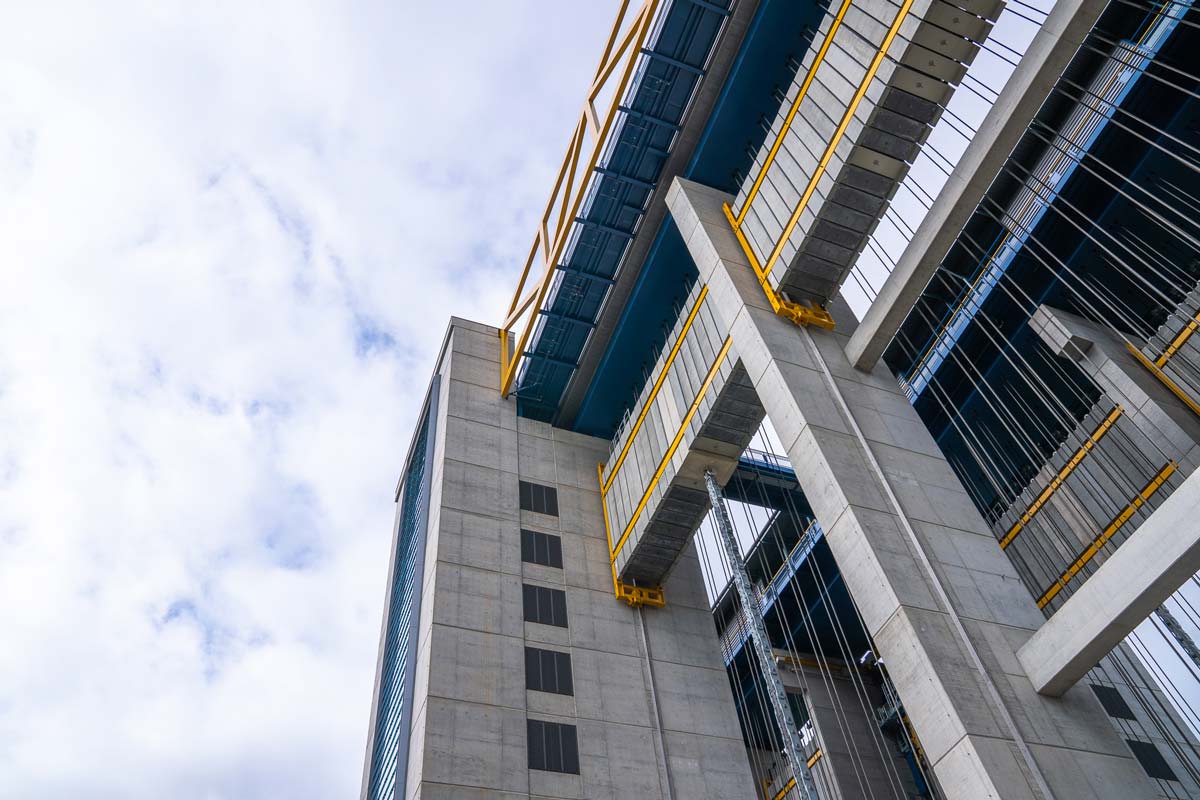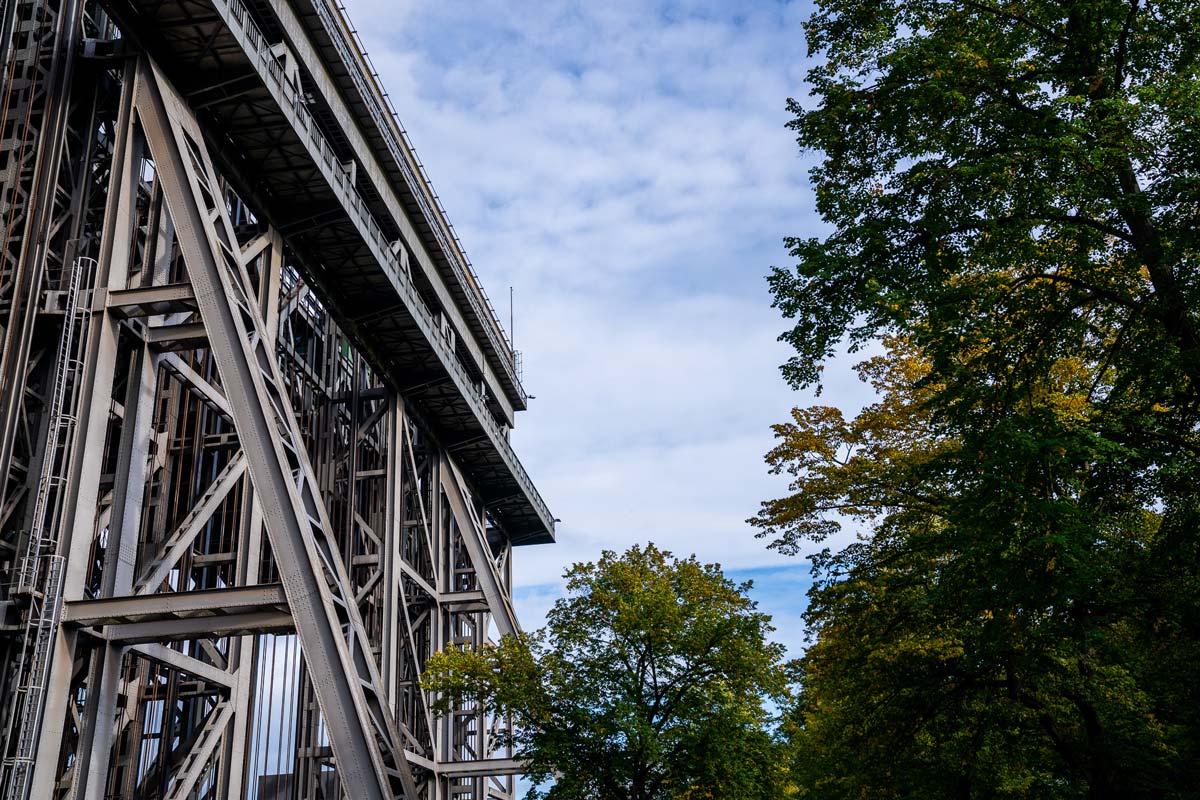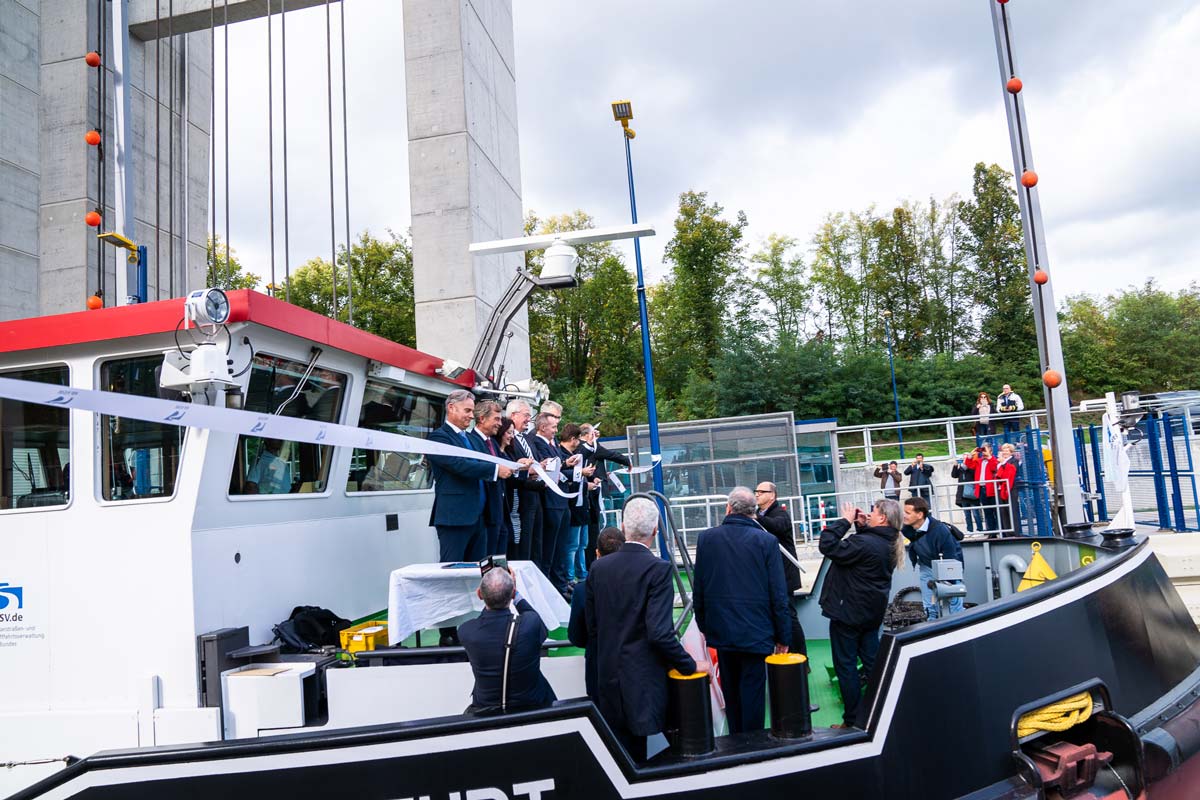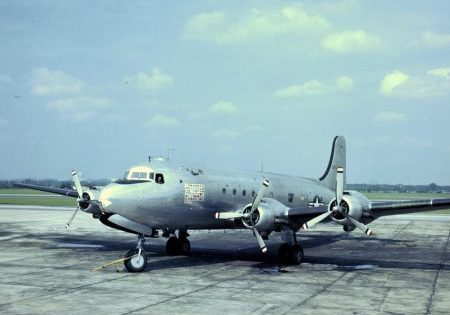A Boat On An Elevator?
Barges were designed to transport goods and passengers across rivers and canals. In the past, barges were pulled by tows or tugboats, with some of the earliest barges being pulled by animals such as horses, mules and even a pair of donkeys. Nowadays, most barges are pushed by pusher boats and other vessels, and carry much heavier loads, with a standard capacity of 1,500 T. Most recently, improvements were made in Niederfinow, Germany, to lift larger, more modern barges of today.
On October 5, due to the previous boat lift’s insufficiency for modern maritime traffic, a new boat lift was operated to replace the previous lift in. With factors like the pandemic, late deliveries and worker shortages, the process of the new lift was delayed for eight years. The system allows for smooth travel from the Polish port of Szczecin to Berlin in just a few minutes in the course of 50 km (36 mi).
Pulling weights equivalent to 50 adult blue whales, or 1,600 elephants, with a mesh of metal cables, boats are hoisted up to more than 36 m. The unit measures at 133 x 46 m, and stands at 55 m tall, making it the largest concrete elevator in Germany. Media outlets nicknamed the project “the maritime BER,” referencing Berlin’s BER airport, which also experienced recent delays in construction.
Having been commissioned in 1934, the original Niederfinow boat lift is 30 m smaller and could carry nearly half the weight of the new one. It was originally the tallest boat lift in the world when it was built, which has since been overpowered by the Three Gorges Dam in China, which raises and lowers boats over a distance of 113 m. The old lift will be in operation until 2025 and live on as the main tourist attraction in the village.
Get more of Elevator World. Sign up for our free e-newsletter.












